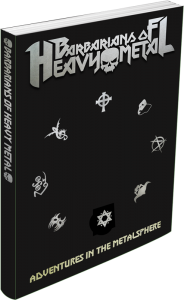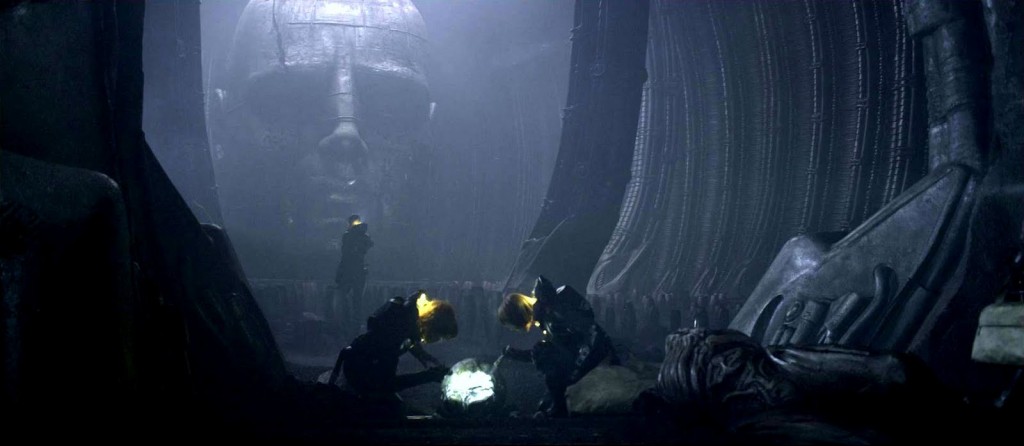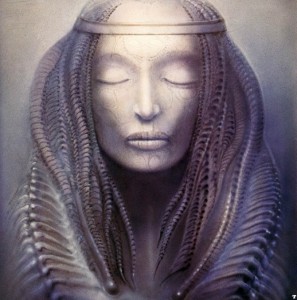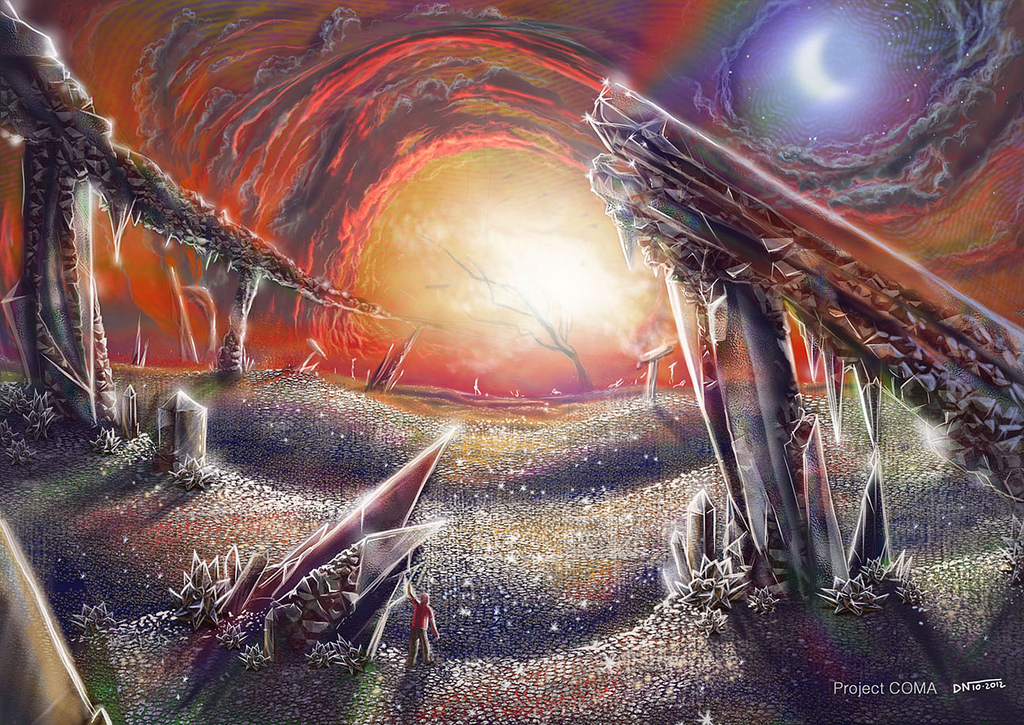Now, of all the things I’ve been trying to get done lately, none have seemed so out of reach as the concept of the Digital Table Top Role Playing game. It just seems that no matter how many times I’ve tried to get that concept flying, from trying to Kickstart the idea to almost having an independent team ready to realize the proposal (before they backed out at the last moment), it just doesn’t seem to be able to peak the level of interest necessary for it to become a viable product. It is simply too much to do on my own, and the type of people I need to develop it with me are generally more interested in using their skills for fully fledged video games, not hybrids.
Over time, I have come to the realization that the problem with the DTTRPG concept is two fold.
THE DIGITAL DIVIDE
First, what I was trying to create with the BoHM digital game was basically a digital charactersheet/dice roller/rulebook/GM Suite combo, which, in itself is not a bad idea. But it doesn’t really innovate as far as it needs to. You’re still looking at a screen with numbers and dials and lists, etc. so it really is no more than your standard RPG, just with less stuff to carry around. This could be why it received such a ‘meh’ response from the RPG community.
 The answer to this issue involved really looking back at the research I did long ago on what RPGs offer us that computer games don’t, and vice versa, and coming to the realization that what I was attempting did not go far enough in moving the game further into the acoustic space that RPGs inhabit. Making the game less of a game and more of an ‘experience’ for the players.
The answer to this issue involved really looking back at the research I did long ago on what RPGs offer us that computer games don’t, and vice versa, and coming to the realization that what I was attempting did not go far enough in moving the game further into the acoustic space that RPGs inhabit. Making the game less of a game and more of an ‘experience’ for the players.
The answer to this, of course is to make sure that the player interface should remain as thematically ‘pure’ as possible. Character creation would still be of the standard RPG variety, but once that is complete, the UI should endeavor to take them out of the ‘roll’ and immerse them in the ‘role.’ The only person with pure game info should be running the game and making all the magic happen behind the scenes, presenting the players with dramatic representations of the raw numbers they’re generating on the fly.
Don’t confuse this with a video game of the first person variety. Yes, the information is first person, in a sense (were not talking moving about a 3D or even 2D world here, as the game will still rely on the acoustic centers reinforced with a few still images or simple animations), but the AI is strictly human, generating an infinite amount of content, not through programmatic procedural generation, but with a few simple tools in their GM Suite and all the data provided in the ‘rules database.’
The second issue revolved around the complexity of the rules for BoHM which were, in hindsight, a bridge too far for the concept. It was going to take a lot of programming and fiddly UI design to make the thing usable, which, without the money from a successful crowd-funding campaign, was immediately going to turn off any potential co-developers.
Again, simplified rules were necessary to allow the GM to run things efficiently behind the GM Screen of his interface, and to allow the players to get the information they needed without a lot of interface acrobatics. This is where Void Hunters comes in.
VOID HUNTERS: DTTRPG
 Void Hunters is another project that I just can’t seem to get off the ground, but whereas the DTTRPG idea is all about a lack of resources, VH is all about my lack of interest in creating yet another same old, same old TTRPG. I’ve been desperate to do something different with it. To make something that goes beyond the standard setup that is currently being done to death in a thousand different ways over at RPGNow. To make something that people actually enjoy playing, as opposed to adding to their ever growing library of games they bought but never use (and those of you who buy digital RPG books now exactly what I’m talking about).
Void Hunters is another project that I just can’t seem to get off the ground, but whereas the DTTRPG idea is all about a lack of resources, VH is all about my lack of interest in creating yet another same old, same old TTRPG. I’ve been desperate to do something different with it. To make something that goes beyond the standard setup that is currently being done to death in a thousand different ways over at RPGNow. To make something that people actually enjoy playing, as opposed to adding to their ever growing library of games they bought but never use (and those of you who buy digital RPG books now exactly what I’m talking about).
The beauty of VH as a DTTRPG, however, is the external rules (those utilized by the GM and players) are completely old school in conception, and easily broken down into object oriented programming modules that modify a basic rule package. In addition, the old school ethos of ‘Ruling over Rules’; and ‘Description over Dice’ means that half the game is going to be run from the GM’s description and the player’s reactions, anyway, so the user interface can be much simpler.
The internal (as in, inside the actual module) rules for VH will be designed to be resolved through programmatic methods, like an actual video game. The classes I’ve laid out will still be the core around which the game revolves, but the equipment, ships, etc. will all be designed to work as a computer game, albeit, one with a strictly human center. This allows the rules to be very simulationist, without burdening the GM or players with the simulation.
 Starship combat, for instance, can be extremely realistic, using three axis of movement, ∆V and all sorts of other factors while still presenting the player and GM with simple options (an idea I thought up last year to create a hyper-realistic, yet easily playable, space combat table top game for my friend Tom’s Sword into Darkness universe). The starship interface needn’t be very complex because, honestly, VH style starship combat would mostly occur outside visual range and would be more reminiscent of submarine warfare than Star Wars style dog-fighting.
Starship combat, for instance, can be extremely realistic, using three axis of movement, ∆V and all sorts of other factors while still presenting the player and GM with simple options (an idea I thought up last year to create a hyper-realistic, yet easily playable, space combat table top game for my friend Tom’s Sword into Darkness universe). The starship interface needn’t be very complex because, honestly, VH style starship combat would mostly occur outside visual range and would be more reminiscent of submarine warfare than Star Wars style dog-fighting.
The science fiction element of VH also lends itself to a tablet or phone based display by allowing the player interface to reflect an ‘EyePhone’ style interface. The tablet or phone screen will represent what the characters see through a smart-glass like HUD implanted in their brain that displays vital information. Through this we can show their health, equipment icons (which they touch to ‘use’), etc. and keep them in the game, instead of taking them out of it the way reviewing an external character sheet does.
The GM Suite would include all the tools necessary to run an old school game, including writing tools, random generation tools, character trackers, etc. and tools for communication with the player’s devices. They’ll be able to see what the players roll, send them secret messages, and post images of the scene, if they desire (and all the modules for the game would include scene images for that purpose). It would be totally utilitarian, like a digital GM Screen, with tabbed interfaces.
What about a rulebook? Who needs one. The computer handles all the rules and the only reference the GM will need is one that describes the classes, the equipment, ships, etc. Creating new items will be handled through appropriate interfaces and will automate the process as much as possible. And if that still doesn’t get he GM the perfect ship, alien, etc. a handy ‘House Rules’ tool will allow them to modify the database entries manually.
TO BE CONTINUED…
I’m not done with either the DTTRPG or VH yet, and I’m determined to make one last stab at turning them both into something a bit different and revolutionary for the RPG market. I’m going to be considering all the elements over the next few months and, as soon as one of my other projects is ready for production, I’ll revisit it and see what it will take to turn it into a realty. Who knows? Maybe by that point, folks won’t be so turned off by the idea of a truly digital RPG experience…

